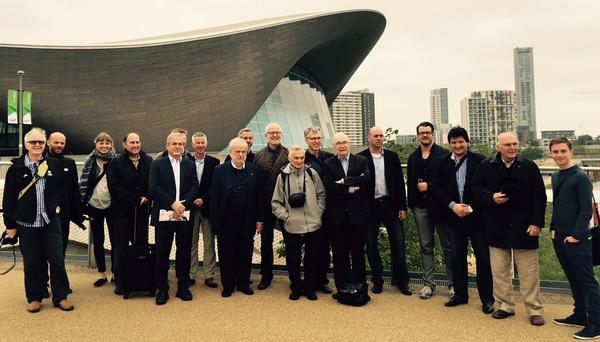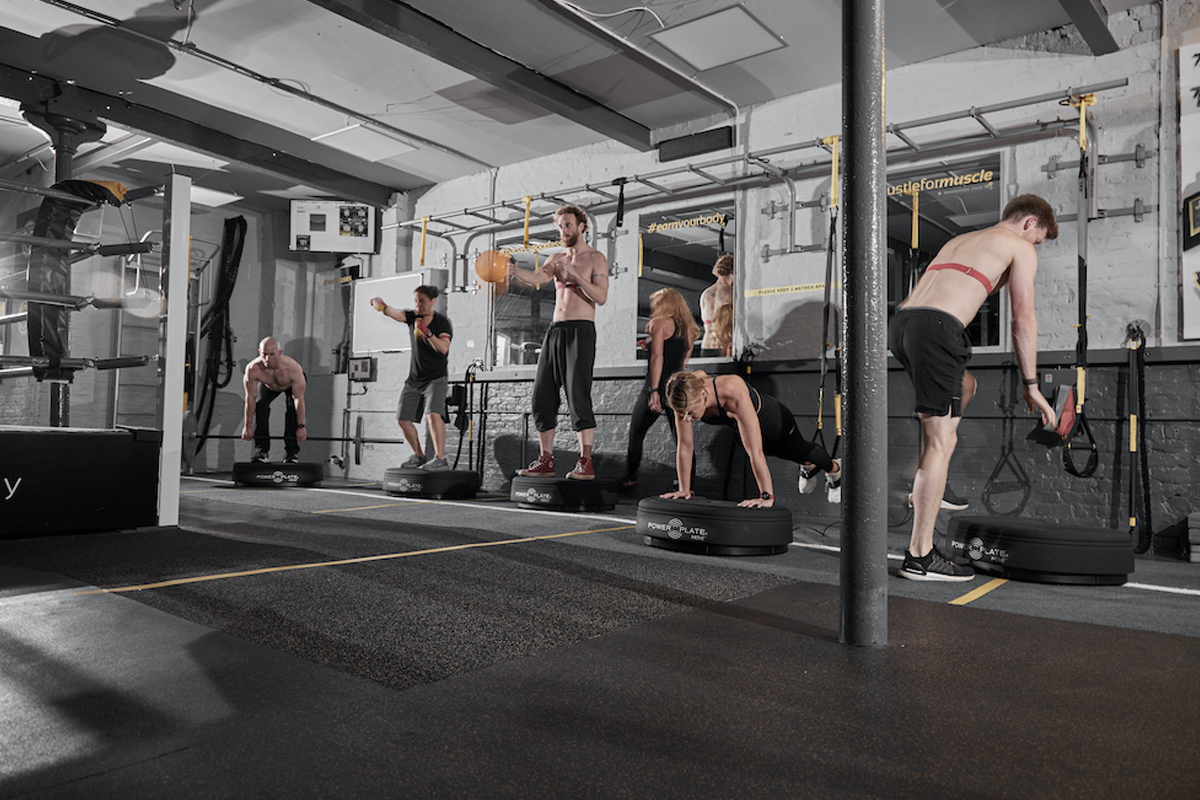Mike Hall - Architect’s Notebook: Catching up on legacy
In his latest in a series of columns, FaulknerBrowns Architects' Mike Hall recounts the recent meeting of the Sport and Leisure Group of the International Union of Architects

In June 2015, I had the pleasure of meeting fellow members of the International Union of Architects Sport and Leisure Working Programme (UIA S+LWP) at one of our regular seminars. The event was held in London and was themed around the legacies of London 2012 and the Glasgow 2014 Commonwealth Games. Participants in the event included a broad spectrum of specialist sports architects from around the world, all of whom have an interest in major events facilities and in the legacies which they leave behind.
Speakers at the seminar included representatives from London Legacy Development Corporation, Lee Valley Regional Park Authority, University College London, and from Glasgow 2014. The seminar was followed the next day by a tour of the Queen Elizabeth Olympic Park.
It was apparent from the seminar and the visit that the organisers of both the 2012 Olympic Games, and the 2014 Commonwealth Games, had taken the correct decisions in their legacy-planning strategies. The balance between temporary and permanent sporting facilities and the regeneration of the east end of London appears to be a success and Glasgow, very much in line with Manchester’s Commonwealth Games in 2002, did much to bolster the principle that careful and pragmatic planning can produce an economic yet highly effective solution.
While the debate rages on as to the legacies in terms of national participation in sports, the multi-purpose and specialist facilities appear to be well-used and well-run. However, there are still lessons to be learnt from the new London facilities in respect of future major events and it is timely that the International Olympic Committee (IOC) is currently reviewing how the sustainability of future Olympic Games can be improved, including a review of the scale of spectator provision.
A particular and pertinent issue in all Olympic venues since 1996 has been how to design an enclosed sports facility to accommodate both the special requirements for the Games (six week period only) and also for the longer legacy period of forty years or more, ie: 99.7 per cent of its lifetime. For some sports, this problem has been exacerbated because the briefs for spectator numbers have spiralled, seemingly out of control and reason.
Take the London Aquatics Centre, for example, where the brief’s requirements for 18,000 seats for the Games (compared with only 3,000 seats in legacy mode) not only meant poor, constricted and long-distance views for spectators, but also required the eaves height to be almost double required for an international pool. This additional height inevitably left a lasting footprint on the permanent building – demanding both a higher capital cost budget and greater annual revenue costs.
An alternative scenario would have been for the brief to ask for 12,000 seats (still more than the 1992 Barcelona and 2004 Athens pools) for the Games, giving an option for either retaining capacity for future world class games, or reducing it to 6,000 seats for European/national events.
Sound and informed briefing is critical to future major games facilities and our S+LWP members, collectively, felt even more detailed scrutiny of the briefing and design strategies for sustainable legacy use is required – particularly, the contribution that sound and prudent operational knowledge would bring. My own personal experience, from team discussions on the Lee Valley White Water Centre, was that the brief and the design of the facility benefitted greatly from excellent operational input from the outset.
Mike Hall, sports partner, FaulknerBrowns Architects.
Tel: +44(0)191 2683007
e: [email protected]
w: www.faulknerbrowns.co.uk/a>

Recreation Assistant
Duty Manager (Dry)
Swim Teacher
Swim Teacher
Chief Executive Officer, Mount Batten Centre
Swim Teacher
Swimming Teacher
Swimming Teacher
Company profile

Featured Supplier

Property & Tenders
Company: Knight Frank
Company: Belvoir Castle
Company: AVISON YOUNG
Company: London Borough of Bexley
Company: Forestry England












